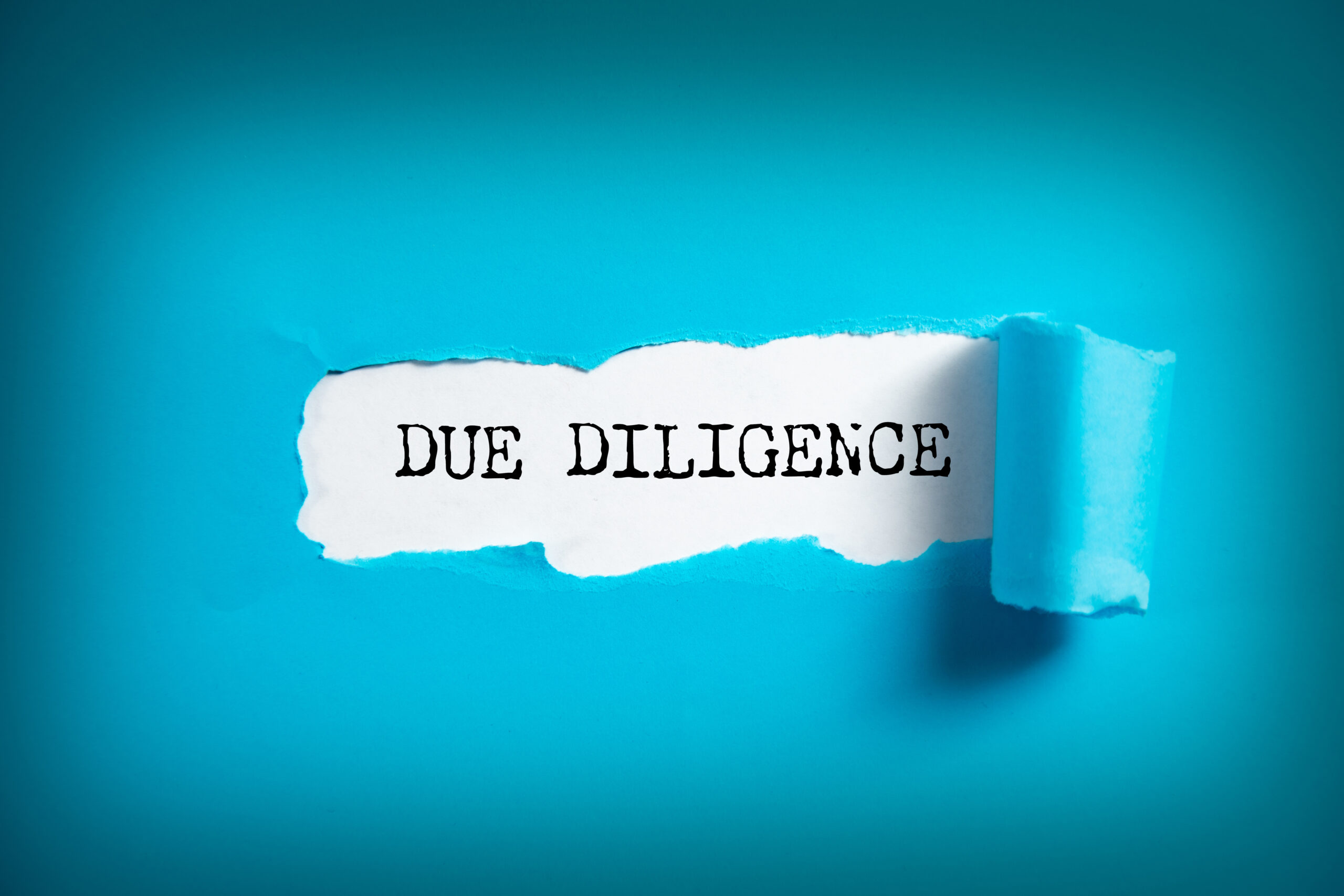Due Diligence Checklist for Acquiring a Software (SaaS) Company
Acquiring a software (SaaS) company can be an exciting opportunity for any business. However, it is important to rely on a due diligence checklist for software companies to ensure a successful acquisition. Due diligence involves a thorough review of the company being acquired, including its financial, legal, and operational history.
Here is a checklist of items that should be reviewed during due diligence:
Articles of Incorporation
Review the company’s articles of incorporation to verify that the company is legally authorized to operate and has the necessary authority to enter into a sale transaction.
Corporate Bylaws
Review the company’s bylaws to ensure that the company is being run in accordance with its corporate governance policies and procedures.
Minutes of Board and Shareholder Meetings
Review the minutes of the company’s board and shareholder meetings to gain insight into the decision-making process and to ensure that all required meetings have been held.
Organizational Charts
Review the company’s organizational charts to understand the company’s management structure and key personnel.
Shareholders and Stakeholders
Review the company’s shareholder and stakeholder agreements to understand the ownership structure of the company and any potential conflicts of interest.
Jurisdictions of Business
Review the company’s jurisdictions of business to understand where the company is authorized to do business and any potential regulatory issues.
Subsidiaries and Assumed Names
Review the company’s subsidiaries and assumed names to understand the company’s legal structure and potential liabilities.
Financial Information
Review the company’s financial information to understand the company’s financial performance and any potential risks or liabilities. This includes:
- Audited Financial Statements
- Unaudited Financial Statements
- Communications with Auditors
- Credit Reports
- Strategy and Financial Planning
- Details of debt payment and payment of other liabilities
Inventory
Review the company’s inventory to understand its value and potential obsolescence risks.
Accounts Receivable
Review the company’s accounts receivable to understand its payment history and any potential collection risks.
Accounts Payable
Review the company’s accounts payable to understand its payment history and any potential payment obligations.
Accounting Methods for Depreciation, Amortization
Review the company’s accounting methods for depreciation and amortization to ensure that they are in compliance with applicable accounting standards.</p
General Ledger
Review the company’s general ledger to understand its accounting practices and any potential liabilities or risks.
Physical Assets and Real Estate
Review the company’s physical assets and real estate to understand their value and any potential liabilities or risks. This includes:
- Summary of Fixed Assets
- Leases
- Major Sales and Purchases
Intellectual Property
Review the company’s intellectual property to understand its value and any potential liabilities or risks. This includes:
- Patents and Patent Applications
- Trademarks
- Copyrights
- Know-how and trade secrets
- Policy – protecting know-how and trade secrets
- Work for Hire
- Consultant Agreements
- Legal History of Intellectual Property (claims, counter-claims, threats of claims)
Services and Products
Review the company’s services and products to understand their value and any potential liabilities or risks. This includes:
- Current Services and Products and those under development
- Complaints and Warranty Claims
- Summary of Product Testing
Human Resources
Review the company’s human resources to understand any potential risks or liabilities. This includes:
- Employee List
- NDAs and NCAs
- Management CVs
- Company Handbook
- Benefit Plans
- Collective Bargaining Agreements
- Recent Personnel Problems (Wrongful Terminations, eg)
- Labor Disputes
- Worker’s Compensation History
- Company Stock Options
Environmental Matters
Review the company’s environmental matters to understand any potential risks or liabilities. This includes:
- Environmental Audits
- Disposal Methods for Hazardous Materials
- Permits
- Environmental Investigations
Taxes
Review the company’s taxes to understand any potential risks or liabilities. This includes:
- All tax returns for the last three years
- Sales tax information
- Any governmental audits
- Other tax information
Relationships
Review the company’s relationships to understand any potential risks or liabilities. This includes:
- Partnerships and Joint Ventures
- Subsidary Agreements
- Financing Agreements
- Guarantees
- Distribution and Supply Agreements</li
- Standard Forms
- Other Important Contracts
Clients
Review the company’s clients to understand any potential risks or liabilities. This includes:
- Summary of Largest Customers
- Purchasing Policies
- Credit policies
- Major lost customers
- Advertising and Marketing programs
Visit sites like https://victoriousseo.com/verticals/saas/ for additional guidance on marketing. If you need to enhance your online visibility and attract potential clients, then you may consult this eCommerce SEO agency for more info. And if you are looking for informational podcasts that can help you improve your business and marketing strategies, then you may consider tuning in to this google podcast.
Competitors
Review the company’s competitors to understand any potential risks or liabilities. This includes:
- Competitive landscape analysis
- SWOT analysis
Insurance
Review the company’s insurance policies and claims history to understand any potential risks or liabilities. This includes:
- Liability Insurance
- Claims history
- Property Insurance
- Claims history
For additional guidance, one can hire experts that specialize in general liability insurance in Fresno, CA.
Outside Professionals
Review the company’s relationships with outside professionals to understand any potential risks or liabilities. This includes:
- Consulting Firms and other Professional Services, Agreements
Due diligence is a crucial step in the acquisition process, and it requires careful attention to detail and a thorough understanding of the target company. By using the checklist outlined above, acquirers can ensure that they have a comprehensive understanding of the target company’s operations, finances, legal status, and risks. This information is essential for making an informed decision about whether to move forward with the acquisition and for negotiating a fair price for the target company.



